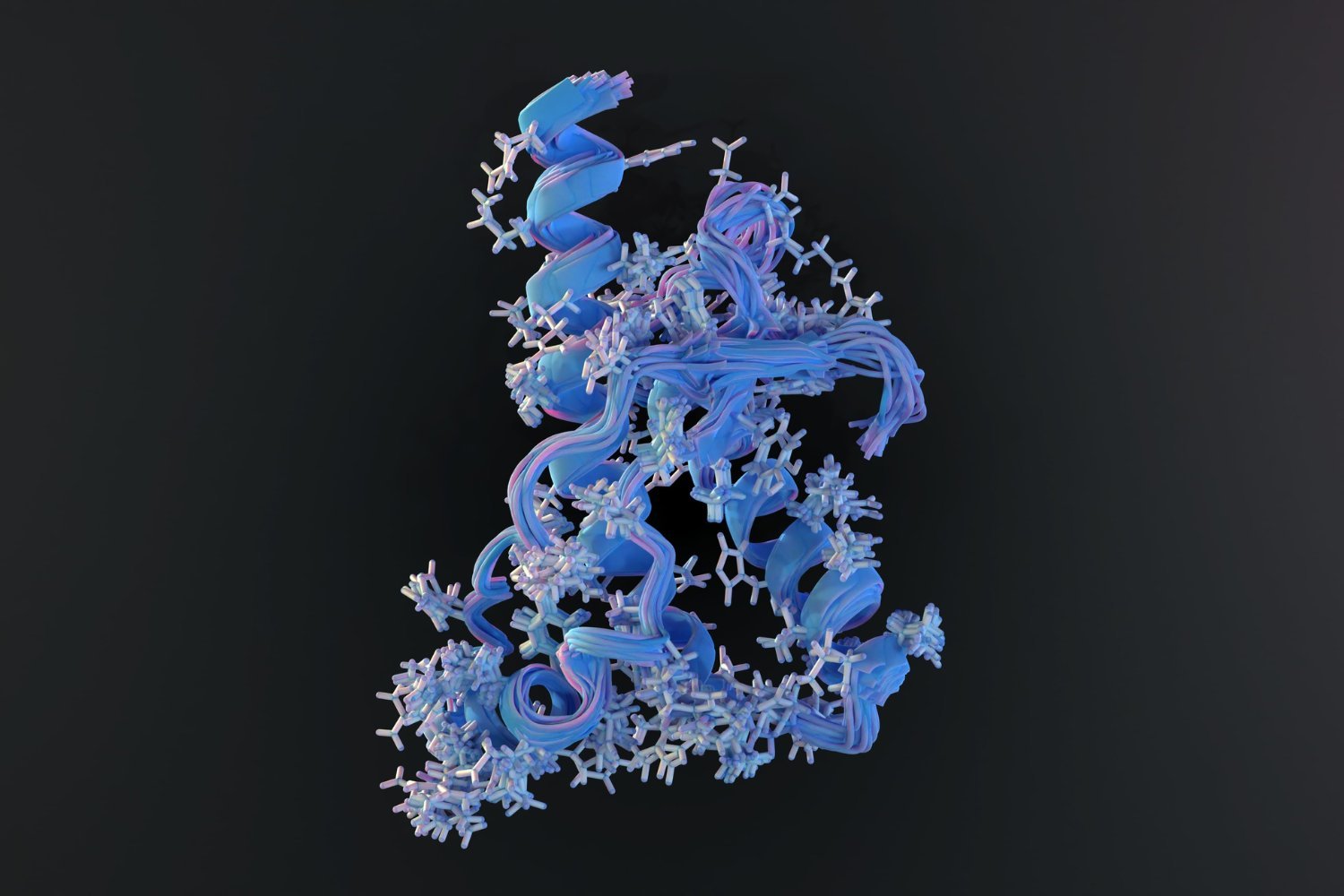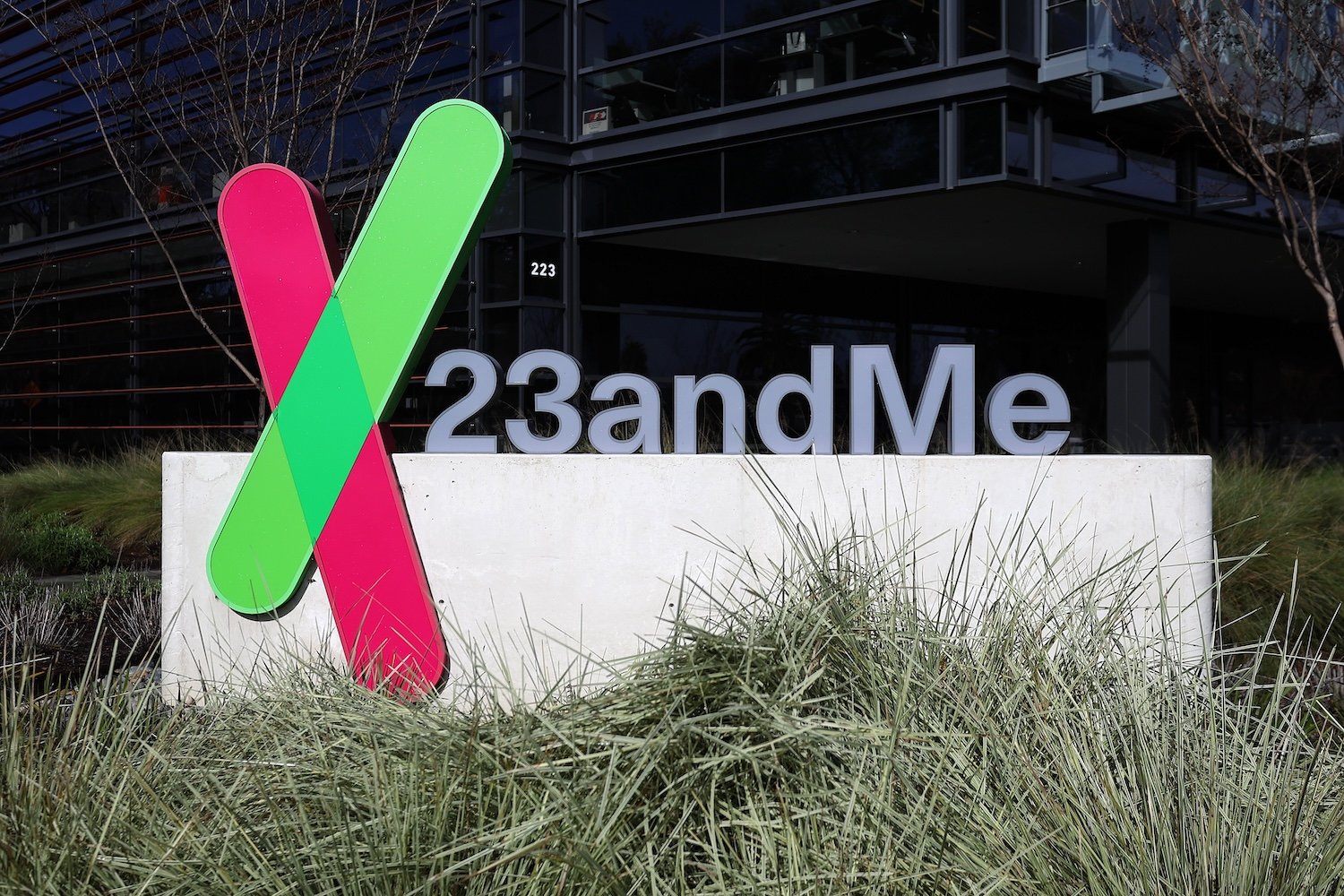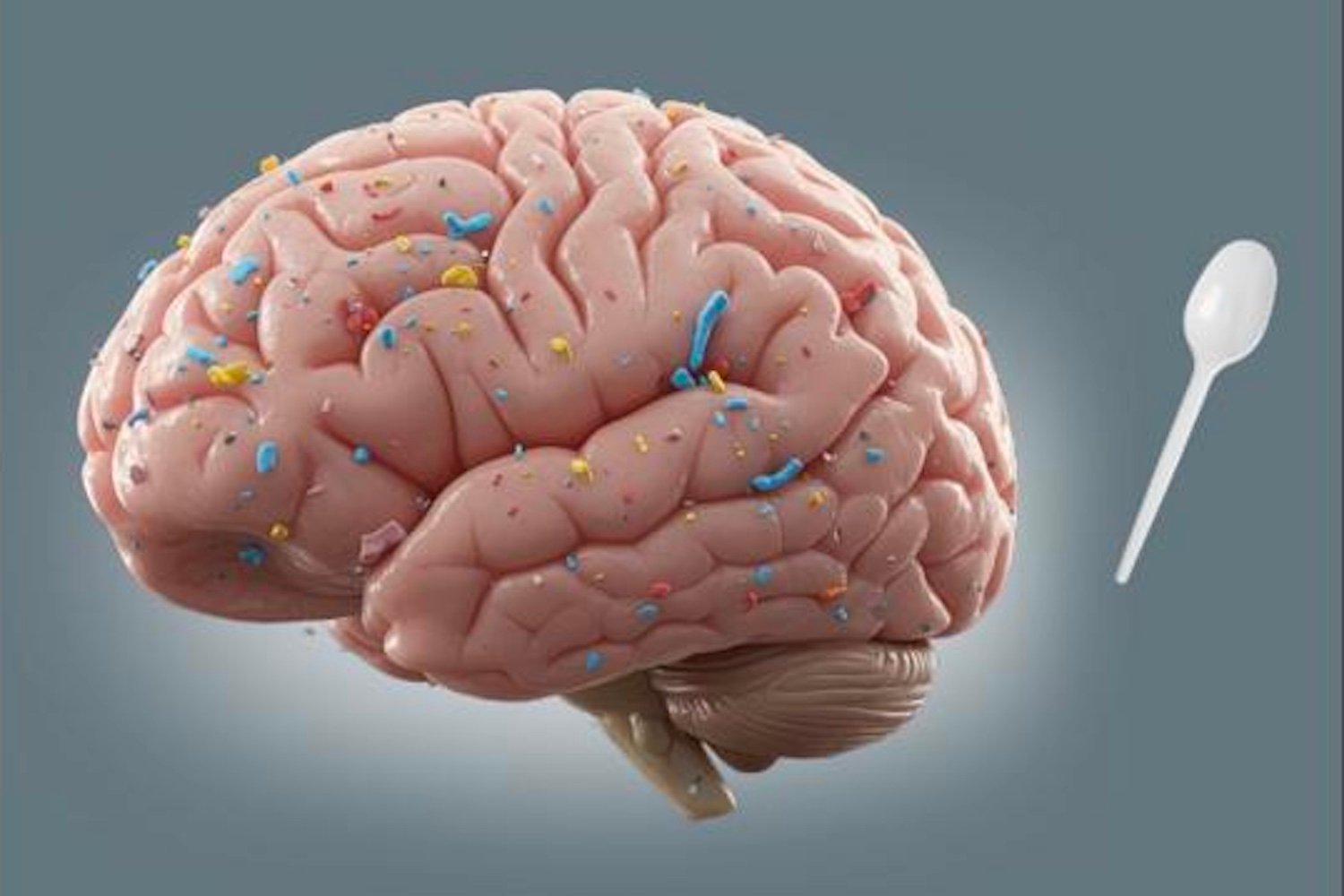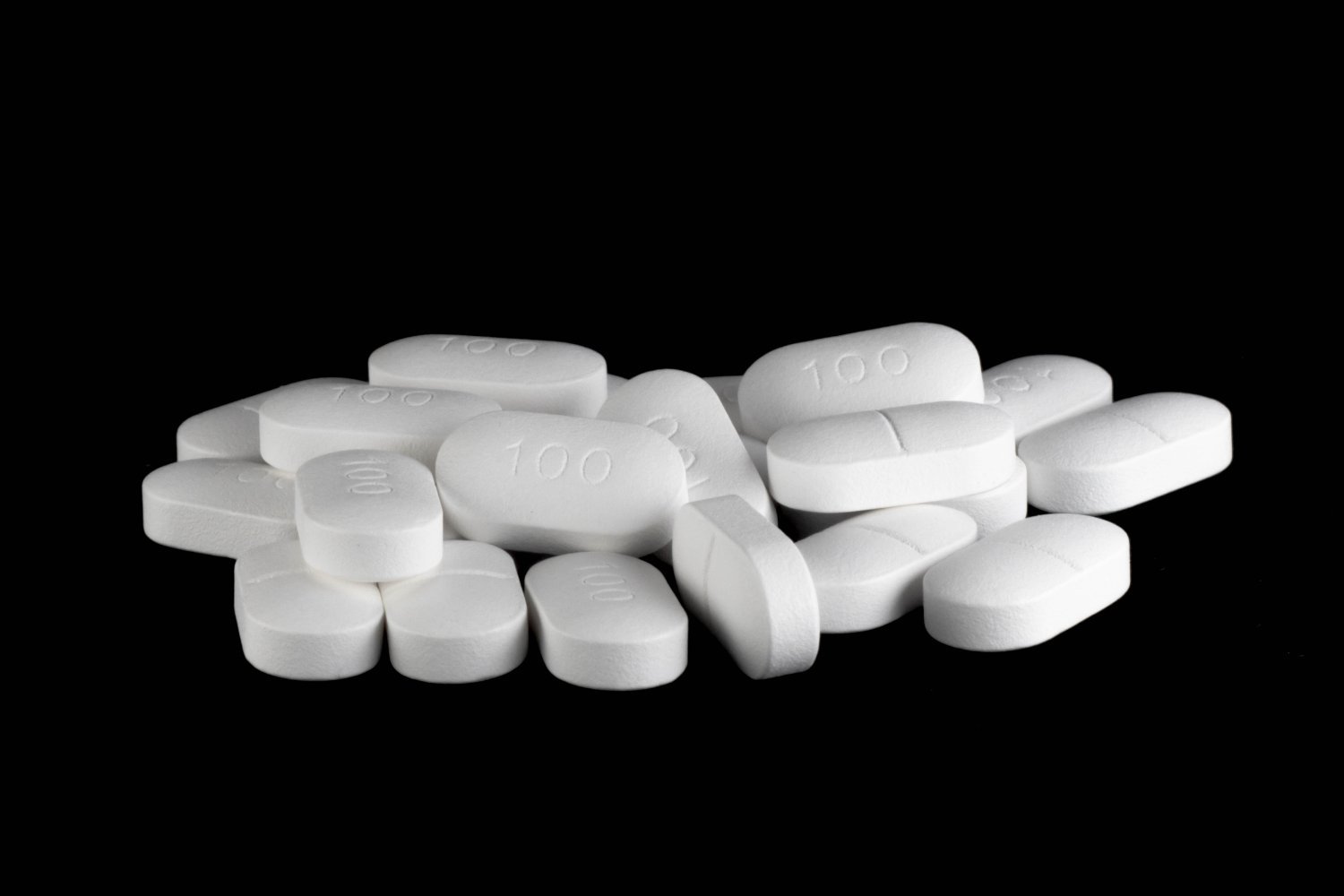The insidious nature of prion diseases is highlighted by a recent case study published in Emerging Infectious Diseases. A 58-year-old woman tragically succumbed to Creutzfeldt-Jakob disease (CJD), likely contracted nearly 50 years prior through contaminated human growth hormone (HGH) treatments received during childhood. This case potentially represents the longest documented latency period for this invariably fatal disease.
Prions, misfolded versions of normal prion proteins found in the brain, act like infectious agents, converting healthy proteins into abnormal copies. This exponential accumulation leads to brain deterioration, causing dementia and ultimately, death. Prions are also resistant to standard sterilization methods, making them particularly challenging to manage. While prion diseases themselves are rare, the mechanisms involved share similarities with more common neurodegenerative diseases like Alzheimer’s.
Understanding Prion Disease Transmission
Prion diseases can arise sporadically, be inherited genetically, or be transmitted through contact with infected bodily fluids or brain matter. The 1980s saw the discovery of iatrogenic CJD, meaning CJD caused by medical treatment, linked to HGH extracted from cadavers. This led to a ban on cadaver-sourced HGH in the U.S. and other countries, replaced by synthetic HGH. Despite this, over 200 cases of iatrogenic CJD from contaminated HGH have been documented globally. While symptoms typically appear 5-10 years post-exposure, this case demonstrates the potential for significantly longer latency periods.
A Tragic Timeline
The woman initially presented with tremors and balance issues, and her condition deteriorated rapidly, leading to hospitalization and coma within weeks. An autopsy confirmed CJD, ruling out genetic causes. Given her HGH treatment history predating the cadaver ban, this was identified as the likely source.
Pinpointing the exact moment of infection is challenging, as HGH treatment often spans years. Her first treatment was 51.3 years prior to symptom onset, the last 42.1 years prior. However, changes in HGH collection methods in 1977 significantly reduced contamination risk. Researchers estimate the most probable infection timeframe at approximately 48.3 years before her symptoms emerged.
Implications for Future Cases
While cases with over 30-year latency periods exist, and other prion diseases have emerged after 50 years, this appears to be the longest documented case of HGH-related CJD. Genetic factors influence susceptibility, and the woman possessed a prion protein gene mutation associated with longer latency. Although contaminated HGH hasn’t caused CJD in decades, individuals exposed before 1977 (estimated at 7,700 in the U.S.) may still be at risk.
Continued Vigilance
The study emphasizes the need for medical professionals to consider delayed CJD cases, particularly in patients with a history of pre-1977 HGH treatment. While the iatrogenic CJD outbreak has significantly slowed, the potential for new cases necessitates ongoing vigilance. The researchers underscore that “Although the US iCJD outbreak has slowed substantially, the potential for new cases remains.”











